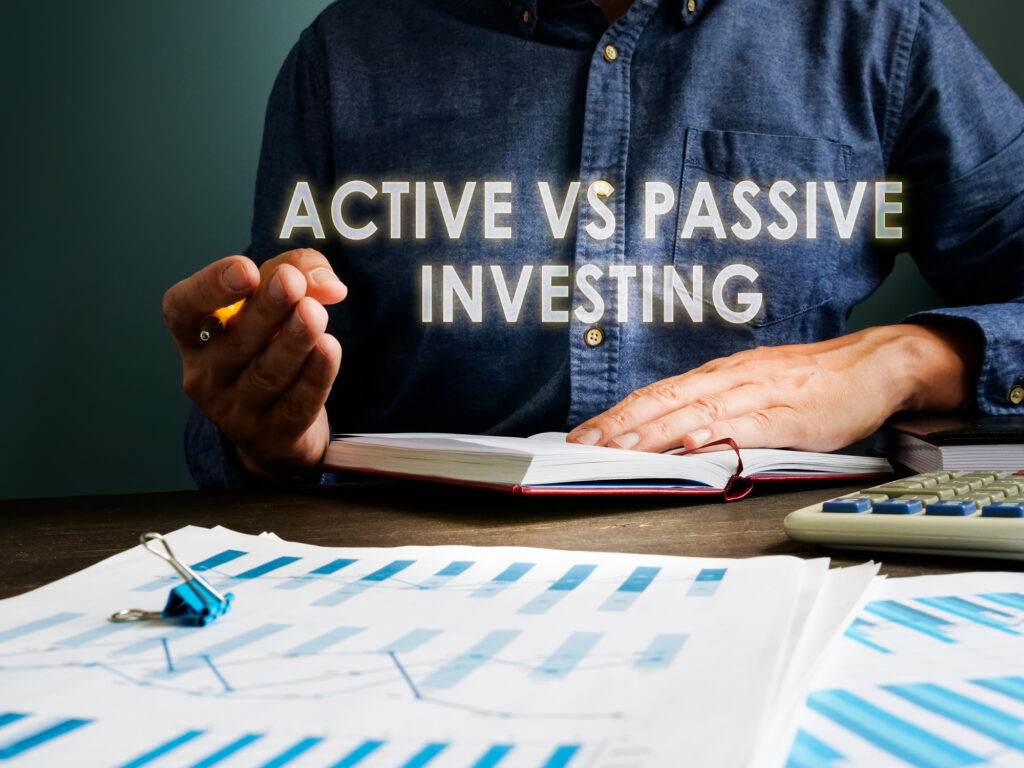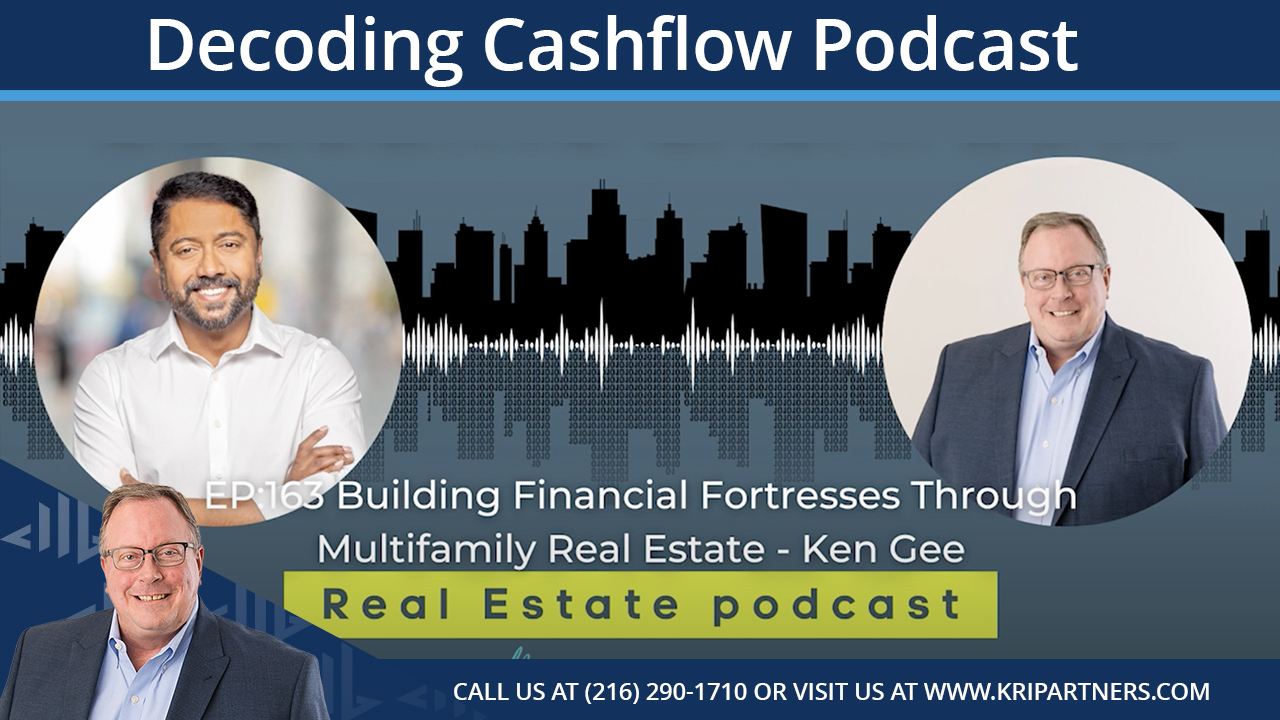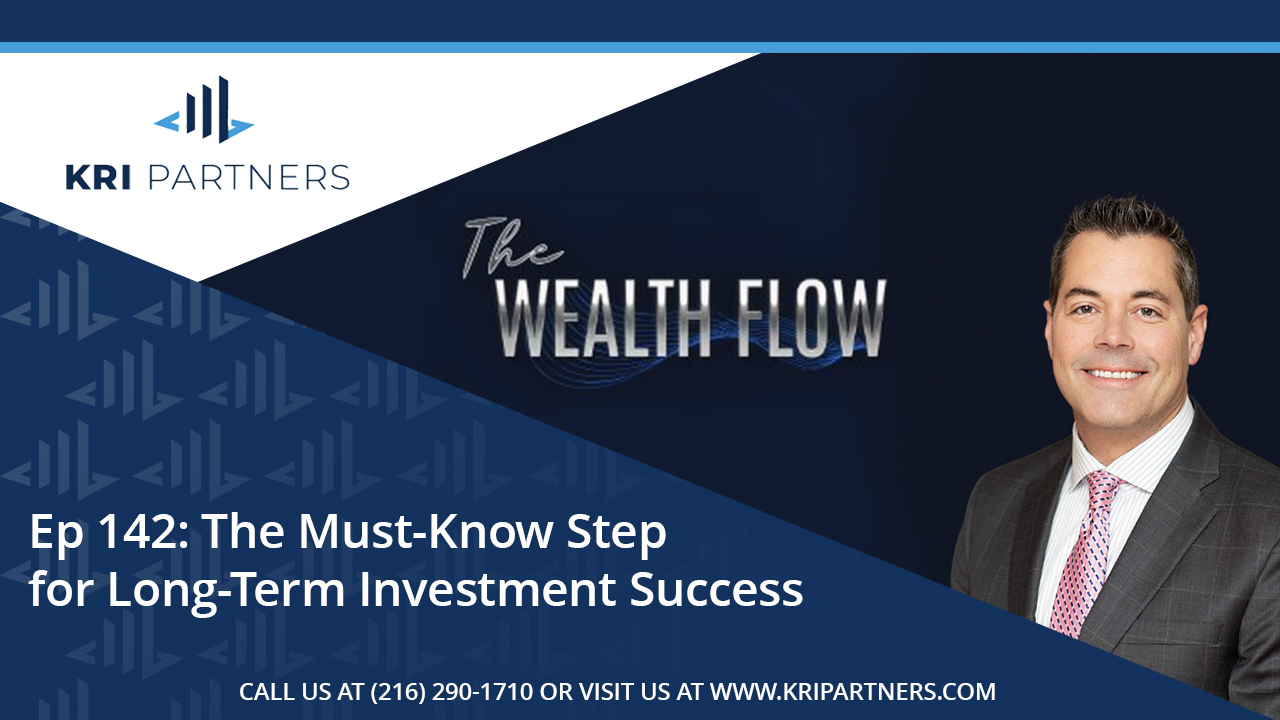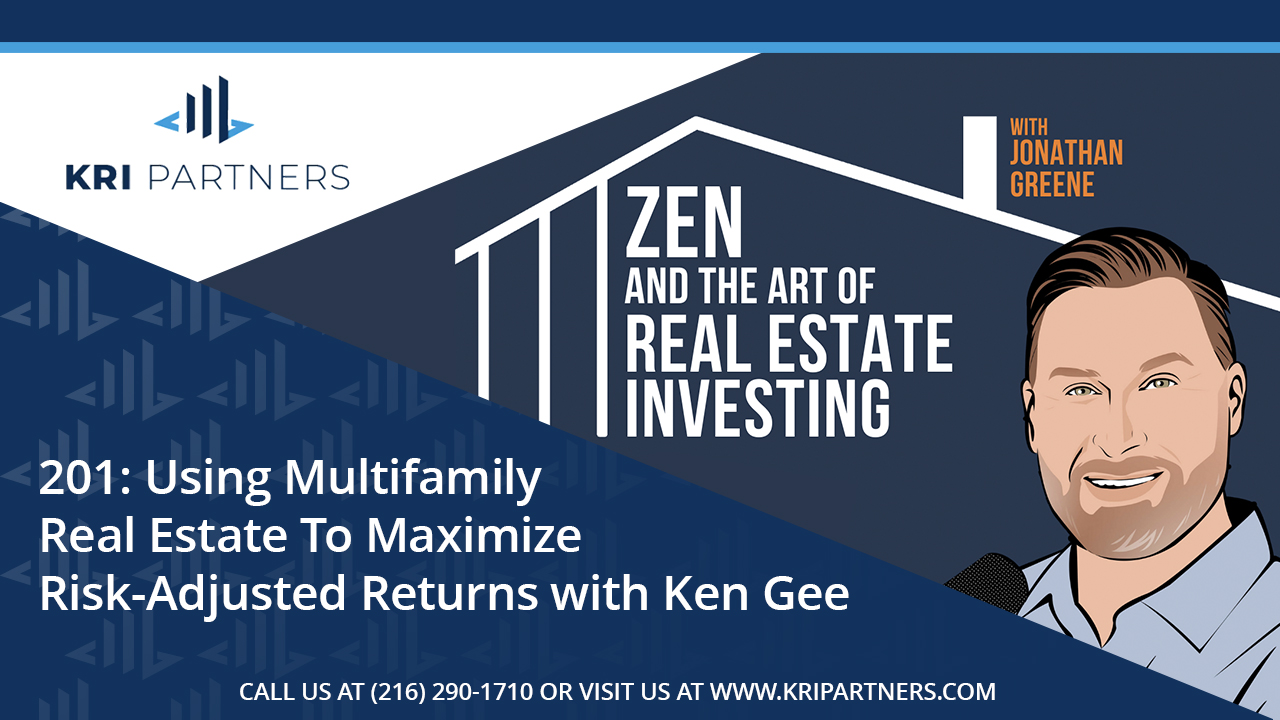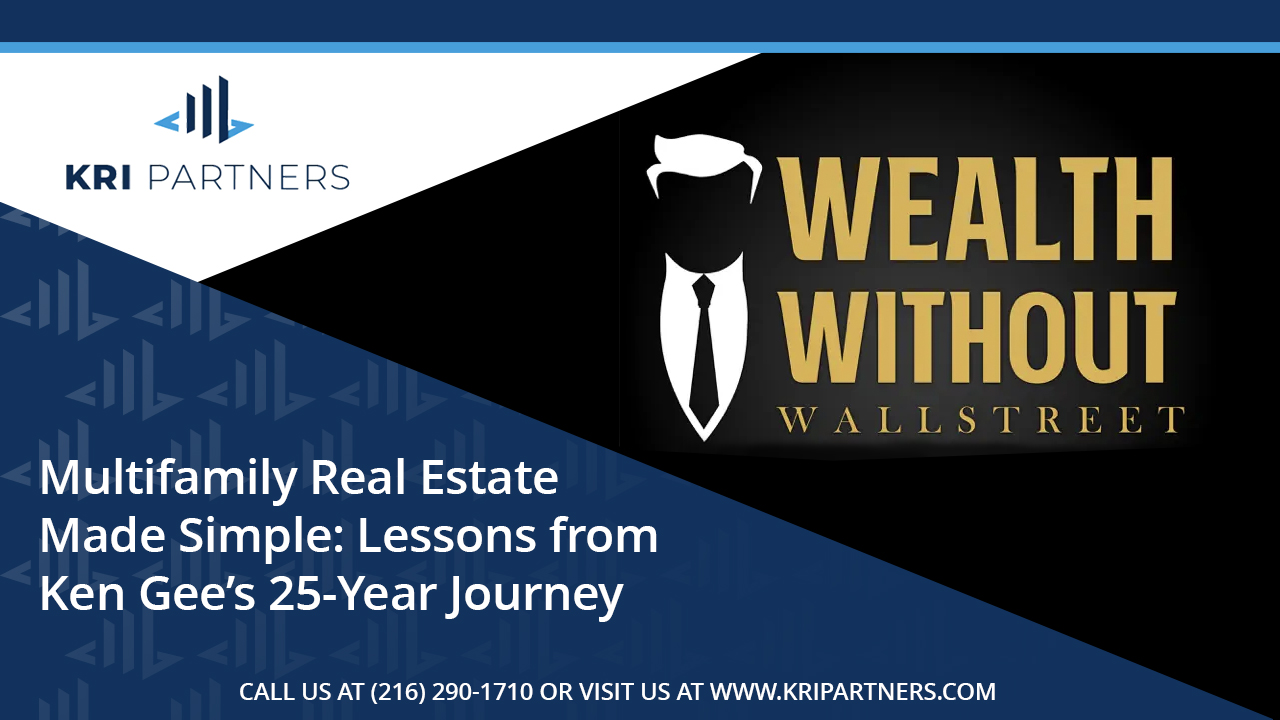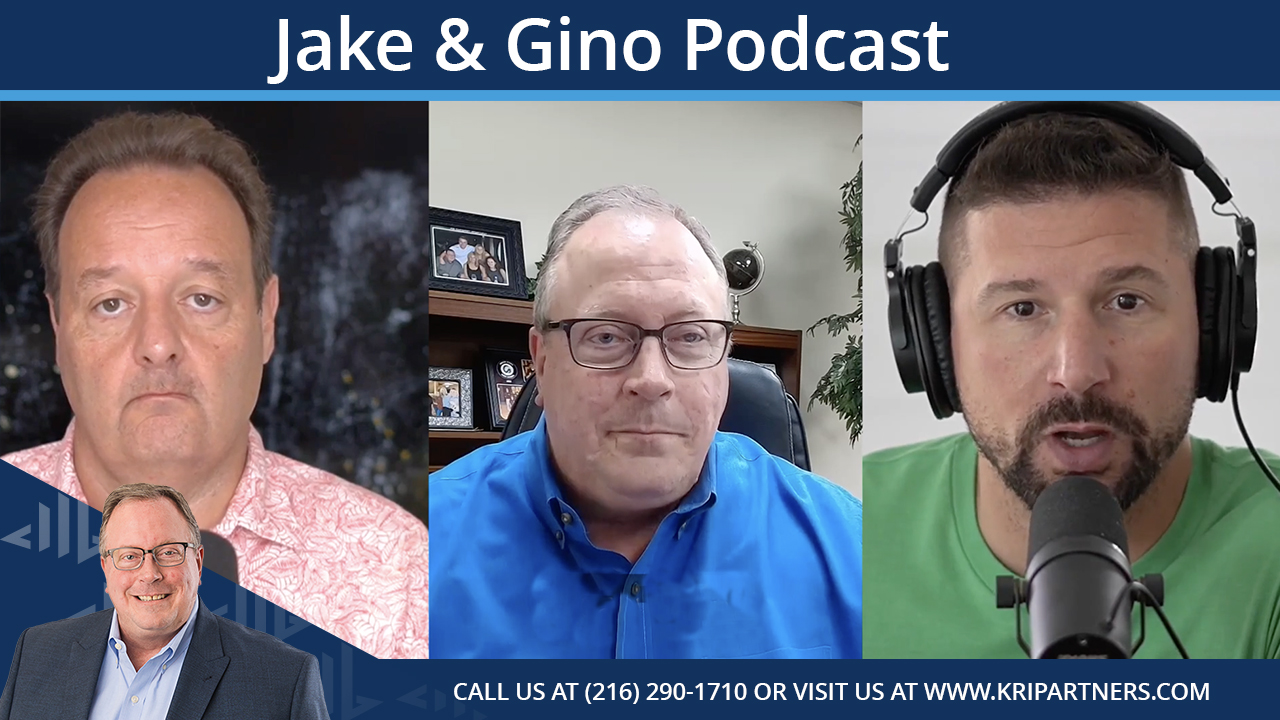Want to invest in Multi-family real estate but don’t know where to start?
Investing in any type of real estate can be daunting and even downright scary at times, especially if you’ve never done it before. I was once in your shoes many, many years ago, and let me tell you…it isn’t easy.
If you’ve been scouring the internet for resources to learn about multi-family real estate and how to invest in it, you’ve almost certainly been hit with ads promoting courses from various people promising that they have the secret to make you millions.
And to be honest… lots of them provide some great information! They can work and should help you reach your goals quicker than you trying to figure it all out on your own.
To this day, I remember investing in what I think was the only real estate investing course at the time from Carleton Sheets. This box of cassettes, (yes I know I’ve just aged myself,) turned up at my front door and I listened to them over and over again.
That was the catalyst to my whole journey in the world of real estate investing.
And look—if you want to do all the work, manage the properties yourself, and learn all the ins and outs of the industry, then by all means enroll in those courses. But if you are looking for phenomenal results without the massive learning curve and without managing the properties yourself, then there is a much better strategy you can implement.
What is that strategy, you might ask?
Passive investing.
The Downsides to Active Investing in Multi-family Real Estate
Before we move any further, it’s important to understand what active investing even is.
In the simplest terms possible, active investing is when you’re…well…actively investing. You’re the one finding the deals, crunching the numbers, negotiating with the seller, fixing up the property, trying to raise rents, finding tenants, vetting tenants…the list goes on.
This may not be the best fit for you if you don’t already have a significant amount of experience in the real estate industry. With so many variables and moving parts, the risk of something going wrong (or worst case scenario you losing tons of money,) is through the roof!
But hey, if you’ve got an unlimited amount of time to learn the ins and outs of multi-family real estate investing and want to give it your all, by all means…go for it! But for the vast majority of people, they simply just don’t have that kind of time on their hands.
Although it is possible to succeed with active investing in real estate, many choose to take a simpler (and in many cases a much more profitable) approach—passive investing.
Passive Investing Can Minimize Your Risk & Maximize Your Time
Now that we know what active investing is, let’s talk about passive investing.
Passive investing in multi-family real estate is when you give a fund permission to invest your money for you. You and other accredited investors pool your money together so the fund can invest in multi-family real estate on your behalf. Now, you may be wondering…
“Why would I wanna do that?”
Great question.
As we talked about earlier, newer investors that don’t have much experience in multi-family real estate tend to experience increased risk and uncertainty when first jumping into the industry. Passively investing with a real estate fund can significantly reduce your risk if you choose the right fund to invest with. Here are my four “Must Haves” to consider when determining who to invest with:
- How much experience do they have?
- Do they have a good track record?
- Do they put their investors first?
- Are they being transparent?
Aside from reducing your risk, passive investing also helps you maximize your time. You no longer have to deal with all of the strenuous and time-consuming work that traditionally comes with investing in multi-family real estate. The fund takes care of everything for you so you don’t have to lift a finger!

